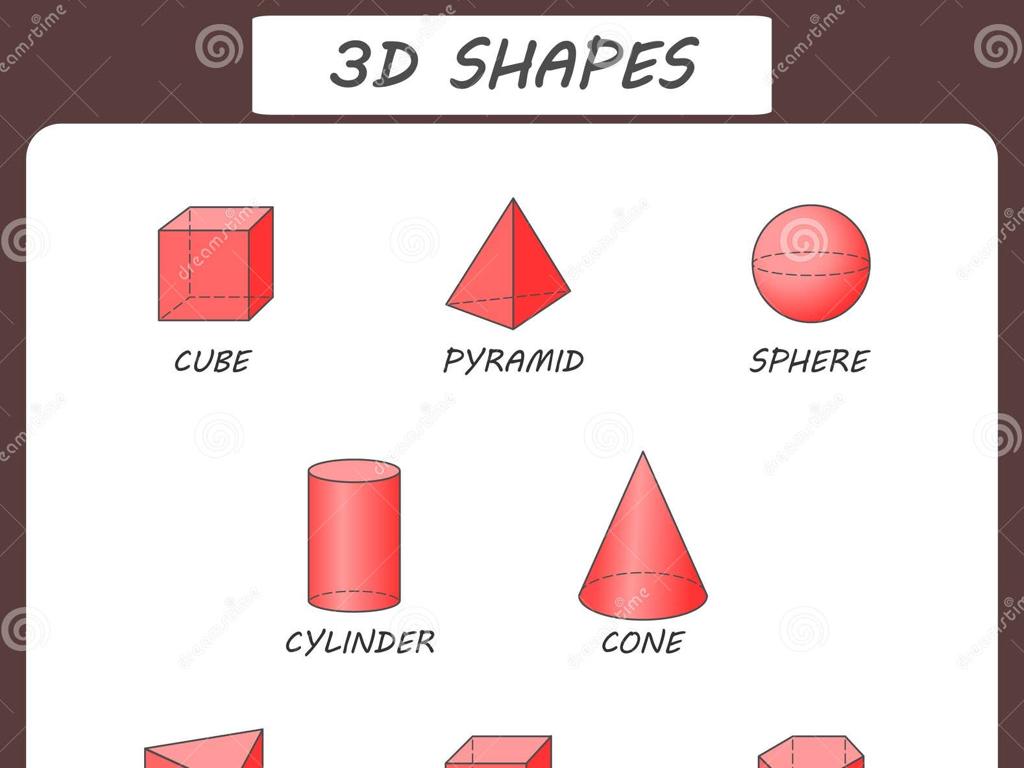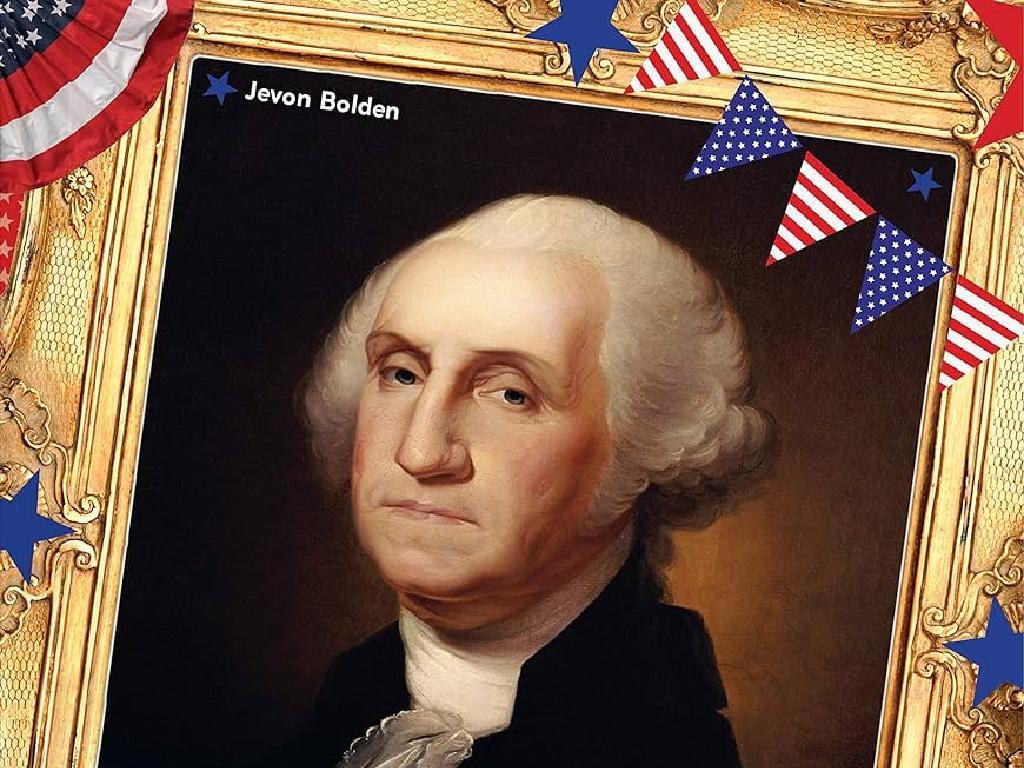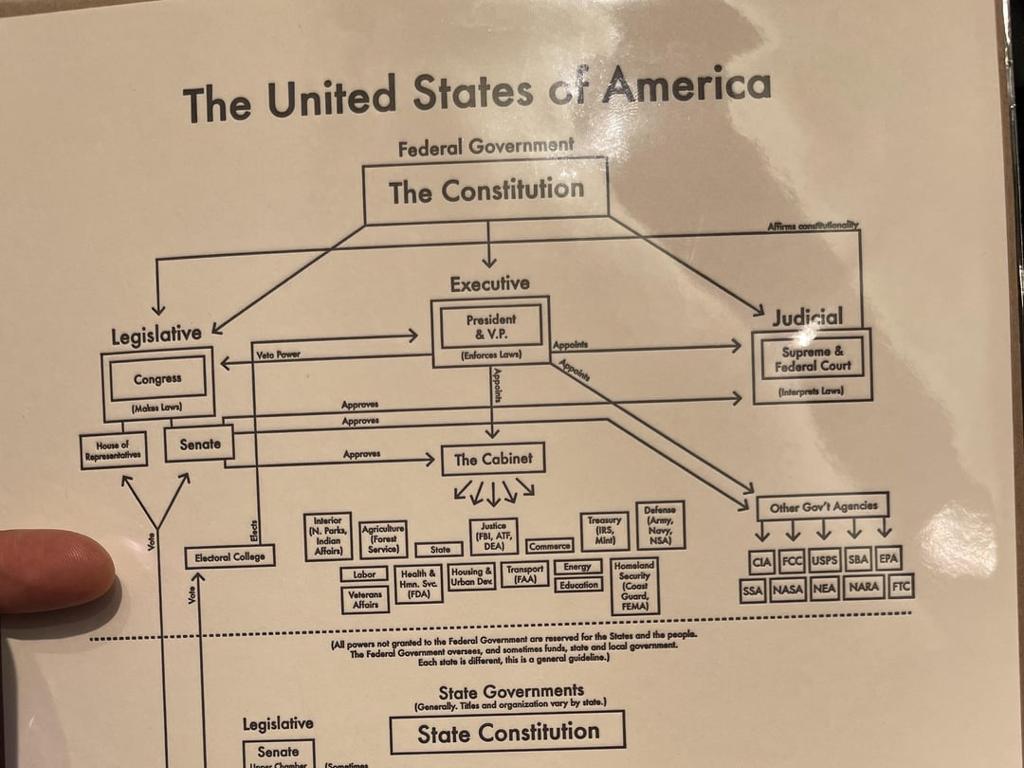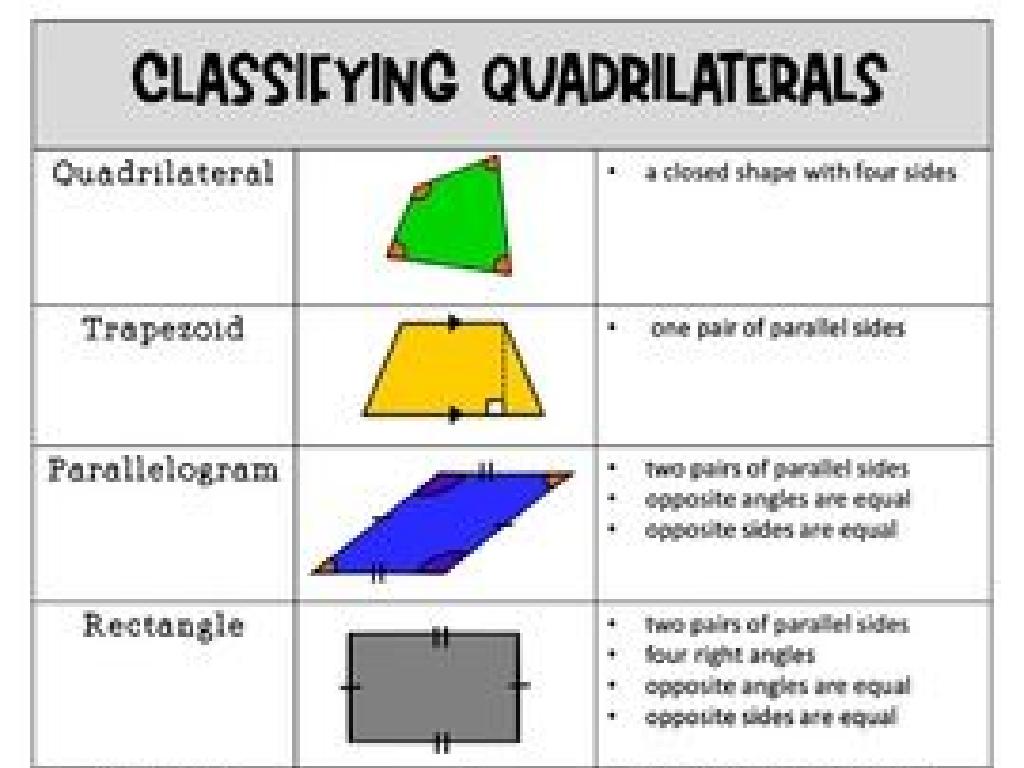Identify American Landmarks And Monuments: Part Ii
Subject: Social studies
Grade: Fifth grade
Topic: American Symbols, Landmarks, And Monuments
Please LOG IN to download the presentation. Access is available to registered users only.
View More Content
Exploring American Landmarks: Part II
– Recap of American symbols
– Reviewing what we learned about landmarks like the Statue of Liberty and the White House.
– Today’s iconic landmarks
– We’ll discover sites like Mount Rushmore and the Golden Gate Bridge.
– Significance of each site
– Discuss why these places are important to American history and identity.
– Engage with history & culture
|
Begin with a brief review of the previous session to refresh students’ memories on American symbols, landmarks, and monuments. Today, we will delve into additional iconic landmarks such as Mount Rushmore, known for its presidential faces carved into stone, and the Golden Gate Bridge, an engineering marvel and symbol of California. Discuss the historical events and cultural significance associated with each landmark, fostering a deeper understanding of their roles in American heritage. Encourage students to think about how these sites contribute to the nation’s identity and why they are preserved for future generations. This will help students appreciate the diversity and richness of American history and culture.
The Liberty Bell: An American Symbol
– Located in Philadelphia, PA
– Represents American independence
– Explore its historical significance
– The Liberty Bell has been a witness to key events in American history.
– Learn about the famous crack
– The crack is a part of its story and adds to its mystique.
|
The Liberty Bell is an iconic symbol located in Philadelphia, Pennsylvania, and it stands as a powerful representation of American independence. When discussing the Liberty Bell, highlight its role throughout history, especially its association with the American Revolution and its enduring legacy as a symbol of freedom. The bell’s famous crack is also a point of interest; it adds to the bell’s character and is integral to its history. Encourage students to think about what the bell has witnessed over the centuries and how it continues to inspire people today. Consider showing images or a short video clip of the Liberty Bell to give students a visual understanding of the monument.
Exploring Mount Rushmore
– Location: Black Hills, South Dakota
– Portraits of four presidents
– Features George Washington, Thomas Jefferson, Theodore Roosevelt, and Abraham Lincoln
– Significance of Mount Rushmore
– Symbolizes freedom and democracy in America
– Controversies and discussions
– Includes debates on land rights and environmental impact
|
Mount Rushmore is a monumental granite sculpture located in the Black Hills of South Dakota. It features the 60-foot faces of four U.S. presidents who played significant roles in American history: George Washington, Thomas Jefferson, Theodore Roosevelt, and Abraham Lincoln. This landmark represents the birth, growth, development, and preservation of the country. While it is a symbol of American pride, it is also important to discuss the controversies surrounding Mount Rushmore, including the historical land rights of the Lakota tribe and the environmental concerns. Encourage students to think critically about the complexities of historical landmarks and their multiple perspectives.
Exploring The National Mall
– The National Mall’s grandeur
– A vast park in Washington D.C., surrounded by museums and monuments.
– Iconic structures it houses
– Home to the Washington Monument, Lincoln Memorial, and more.
– Its role in American history
– Witness to historical events, marches, and celebrations.
– Significance as a gathering place
– A place where people come together to celebrate democracy.
|
The National Mall is a central feature of Washington D.C., often referred to as ‘America’s front yard.’ It’s important for students to recognize the Mall not just as a park, but as a symbolic space where history has unfolded. Highlight the significance of the structures found there, such as the Washington Monument, which honors the first U.S. president, and the Lincoln Memorial, which commemorates Abraham Lincoln’s legacy. Discuss how the Mall has been the site of many significant events in American history, including presidential inaugurations and civil rights marches. Encourage students to think about public spaces in their own communities and their importance as gathering places for social and historical events.
The Golden Gate Bridge: An American Icon
– Marvel of engineering in San Francisco
– Spanning the San Francisco Bay, it’s a testament to modern engineering.
– Construction and cultural significance
– Built during the Great Depression, it became a symbol of hope and resilience.
– The bridge’s unique color and design
– Its ‘International Orange’ color and Art Deco design make it instantly recognizable.
– Symbol of innovation and progress
|
This slide introduces the Golden Gate Bridge as not only an engineering feat but also a cultural symbol. It’s important to discuss the historical context of its construction during the Great Depression and how it uplifted American spirits. Highlight the bridge’s distinctive ‘International Orange’ color, chosen for visibility in San Francisco’s foggy weather, and its Art Deco design elements. Emphasize that the bridge represents more than just a way to cross the bay; it’s a symbol of American innovation and progress. Encourage students to think about other symbols that represent hope and resilience in American culture.
Ellis Island: America’s Golden Door
– Ellis Island: Immigration Hub
– Over 12 million immigrants passed through Ellis Island.
– Significance in U.S. History
– Learn how Ellis Island played a pivotal role in shaping the nation.
– Symbol of American Diversity
– Ellis Island represents the melting pot of cultures in America.
– The American Dream Journey
– Many sought new opportunities and freedom, embodying the American Dream.
|
Ellis Island served as the gateway for millions seeking a new life in the United States, earning it the nickname ‘America’s Golden Door.’ From 1892 to 1954, it was the nation’s busiest immigrant inspection station. This slide aims to educate fifth graders on the historical significance of Ellis Island and its role in the cultural diversity that is central to American identity. The stories of those who passed through Ellis Island exemplify the pursuit of the American Dream, seeking prosperity and freedom. Encourage students to reflect on their own family histories and consider how immigration has shaped their community and country.
Class Activity: Create Your Monument
– Imagine being a monument designer
– Choose an event or person to honor
– Think about important historical figures or events
– Discuss your ideas in groups
– Share reasons for your choice with classmates
– Draw or build your landmark model
– Use creativity with materials like clay, paper, or blocks
|
This activity encourages students to apply their knowledge of American landmarks by designing their own. Divide the class into small groups and provide a variety of materials for constructing models. Encourage students to think critically about the significance of the person or event they choose to commemorate. Facilitate a discussion in each group to help students articulate their ideas and collaborate on the design. After the activity, allow each group to present their landmark to the class, explaining the importance of their chosen subject and the features of their design. Possible variations of the activity could include researching the chosen subject, writing a description plaque for their monument, or even using digital tools to create a virtual model.
Reflecting on Landmarks and Monuments
– Purpose of landmarks/monuments
– They honor important events/people
– Connection to history
– They keep our past alive for future generations
– Personal learning reflections
– Students share their insights on American symbols
– Significance of symbols
|
This slide aims to wrap up our discussion on American landmarks and monuments by encouraging students to reflect on their purpose and importance. Landmarks and monuments serve as a bridge to our nation’s history, commemorating significant events and individuals who have shaped our country. They are physical reminders that tell the stories of our past, ensuring that the memories and lessons endure. Encourage students to share what they’ve learned about specific landmarks and monuments and express why they believe these symbols are important to American culture and identity. This reflection will help solidify their understanding of the material covered and the value of preserving history through these national treasures.





